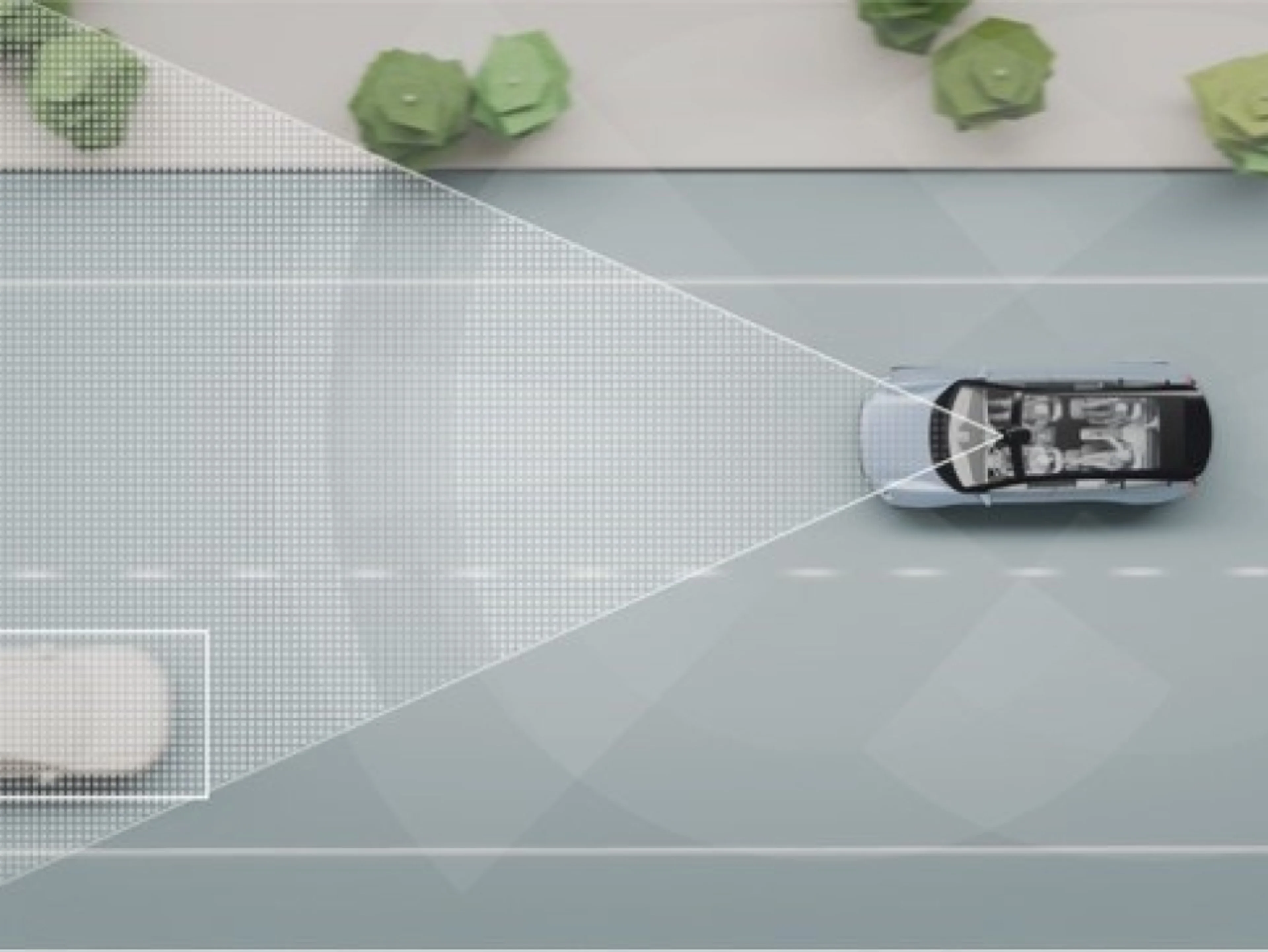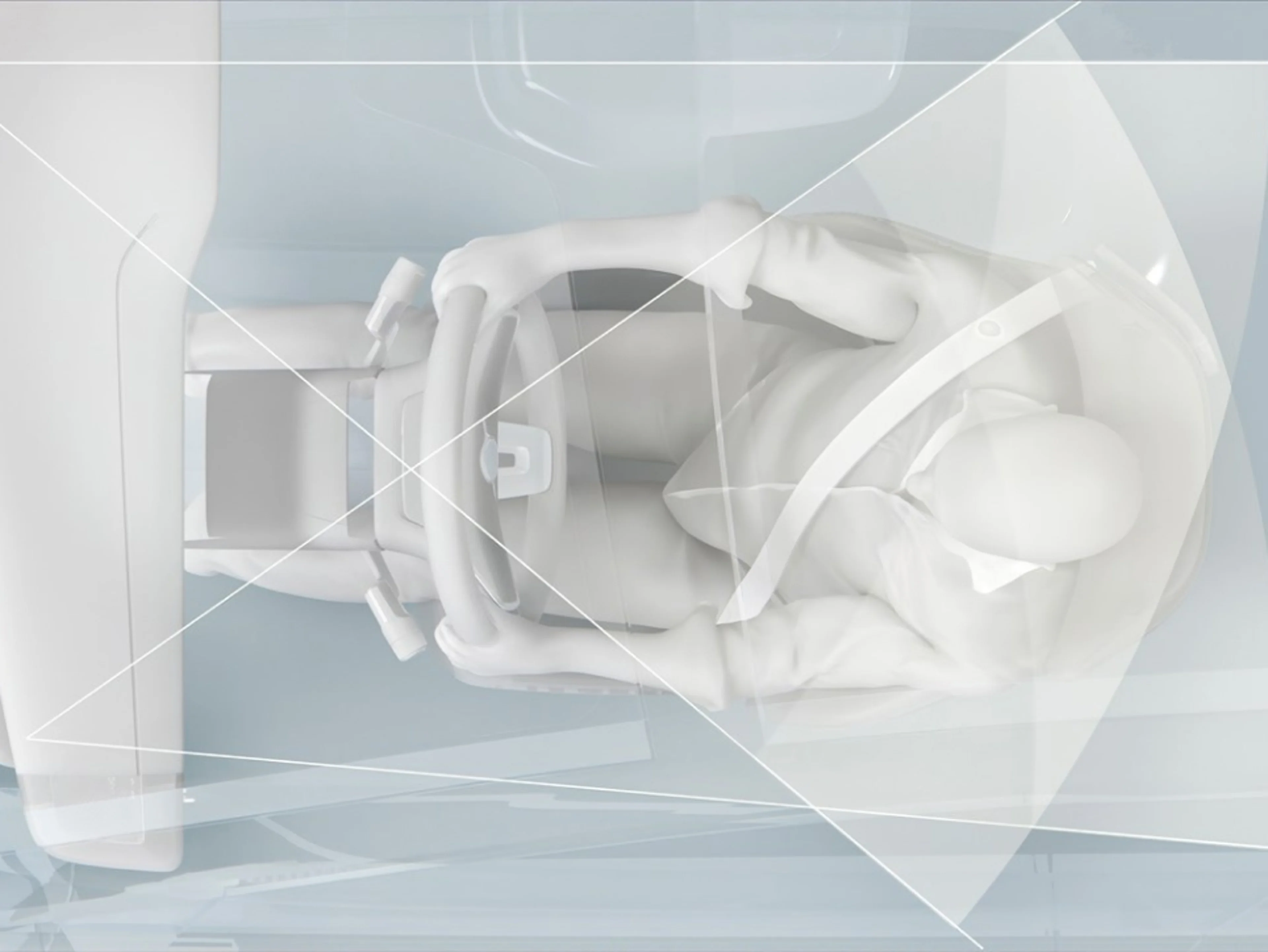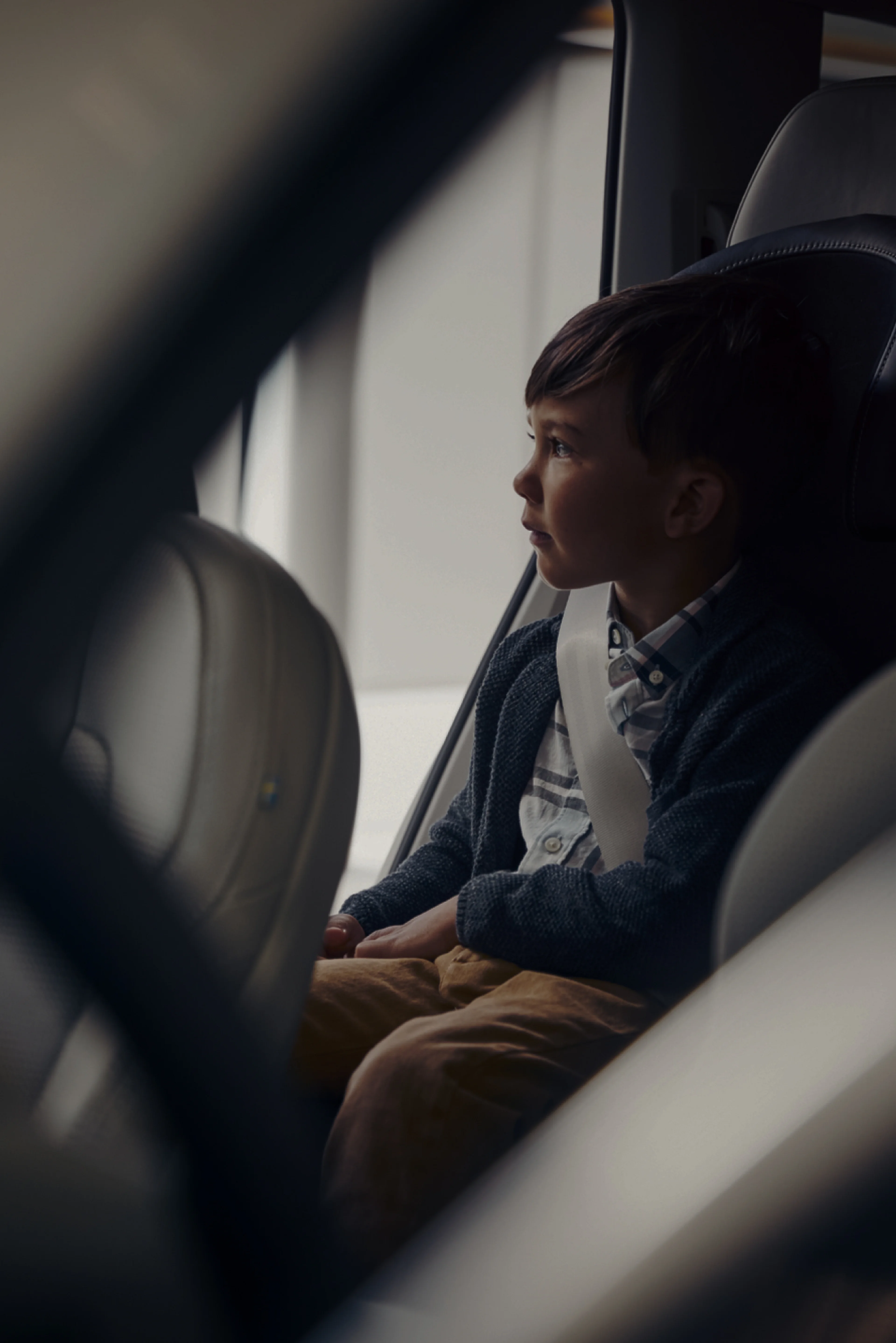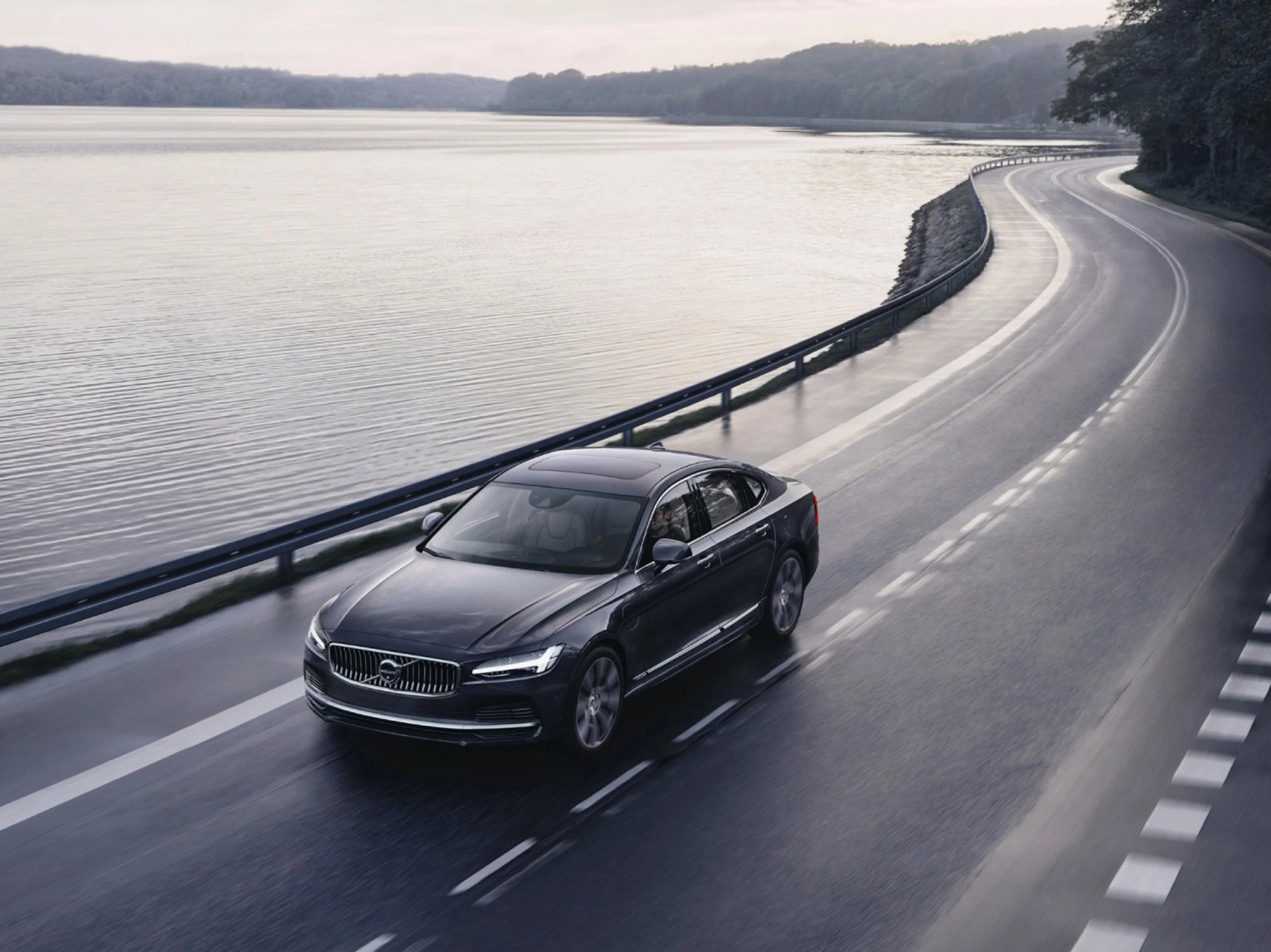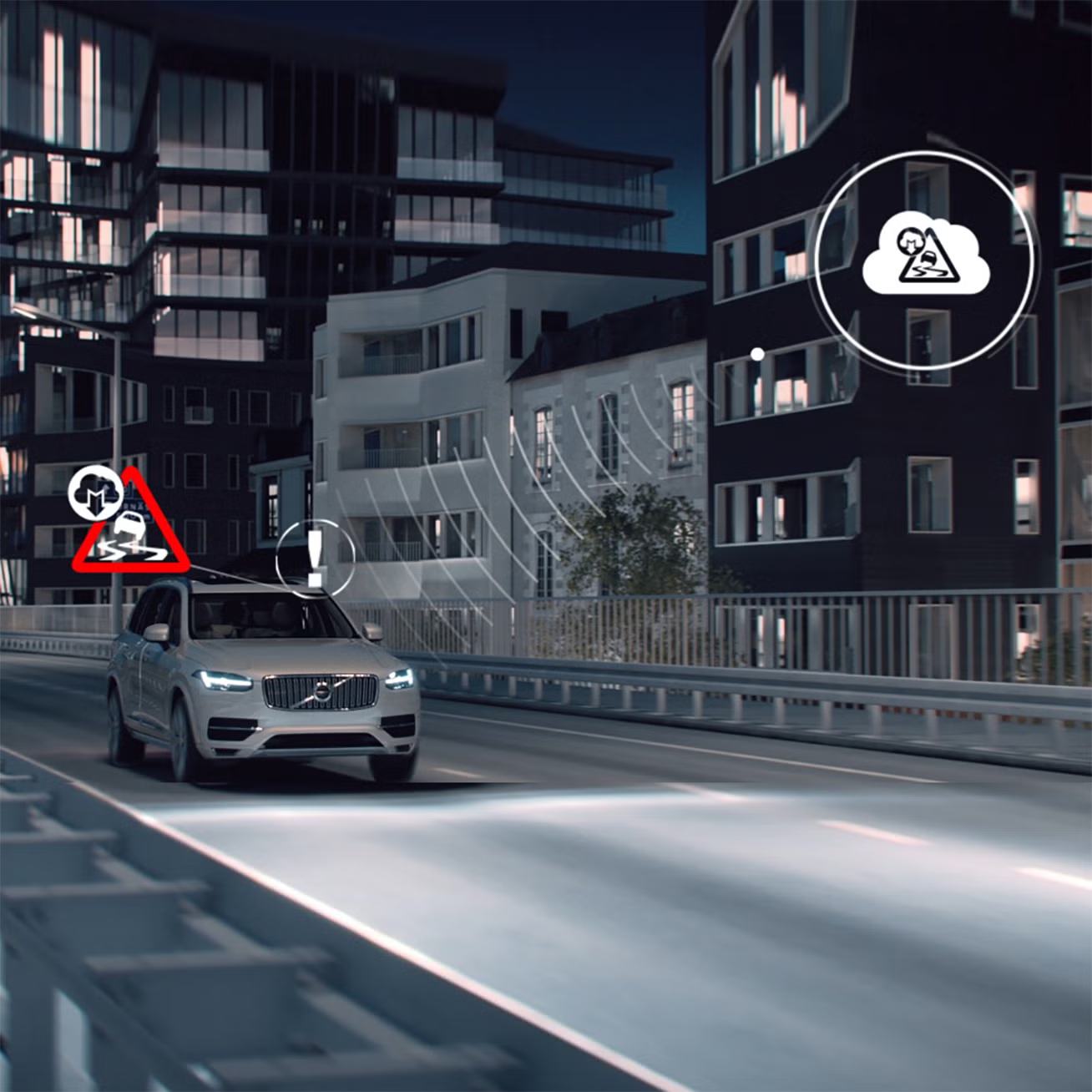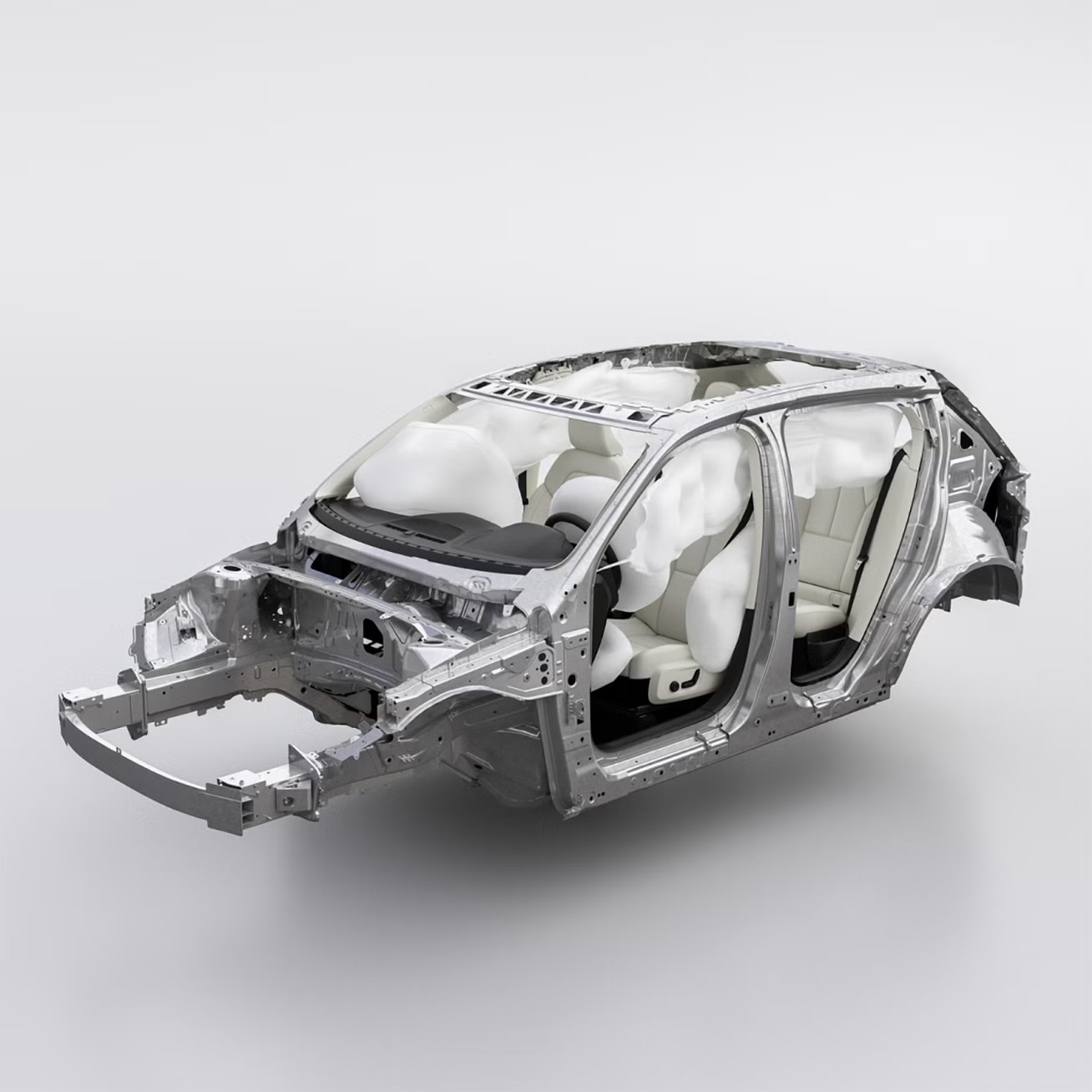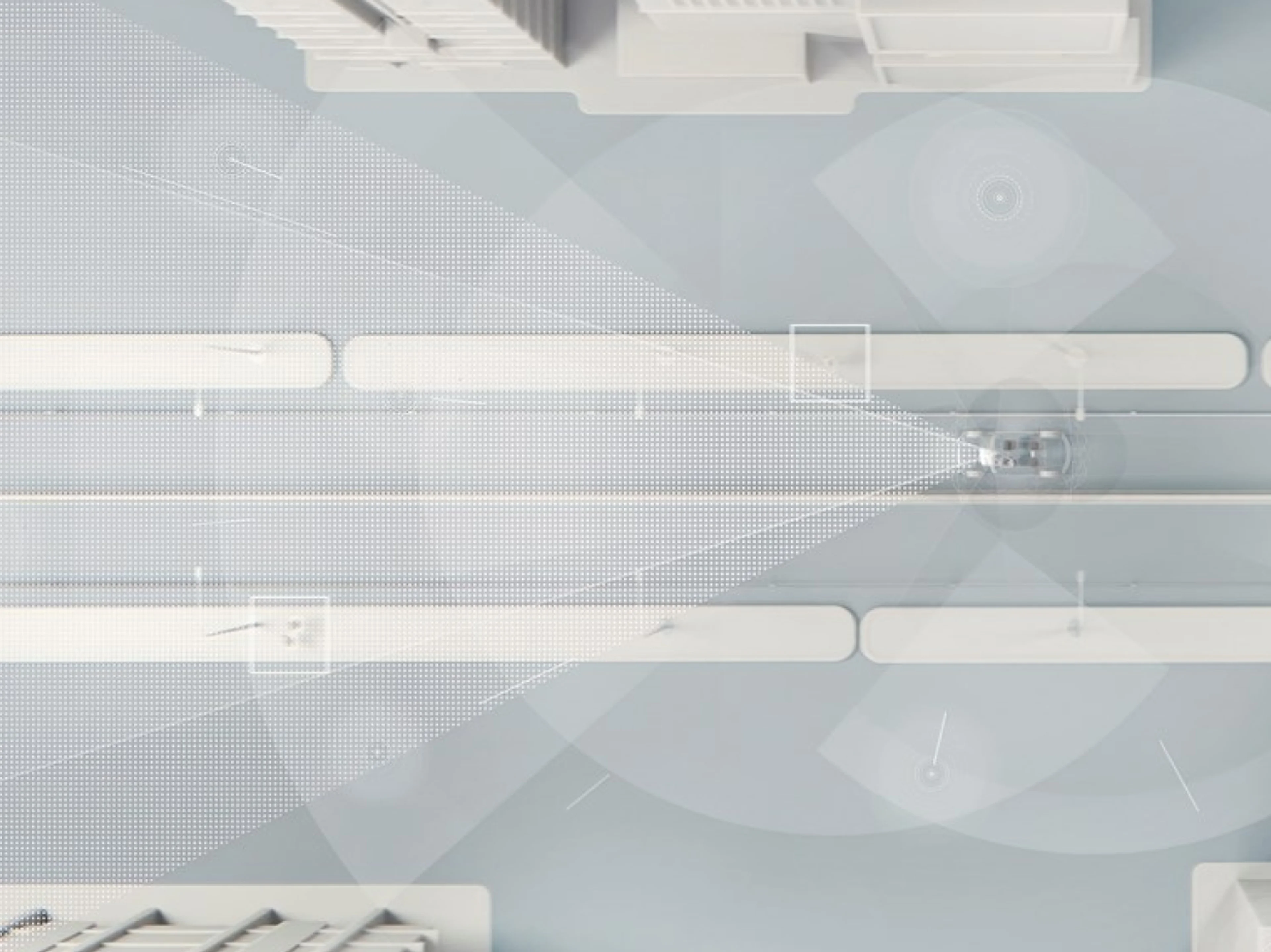
Lidar
Driven by our Zero collisions vision, we’re making lidar and an AI-driven super computer standard in the first of our next generation electric cars, the Volvo EX90. This allows us to continuously improve safety features over the air and gradually introduce unsupervised autonomous driving.
